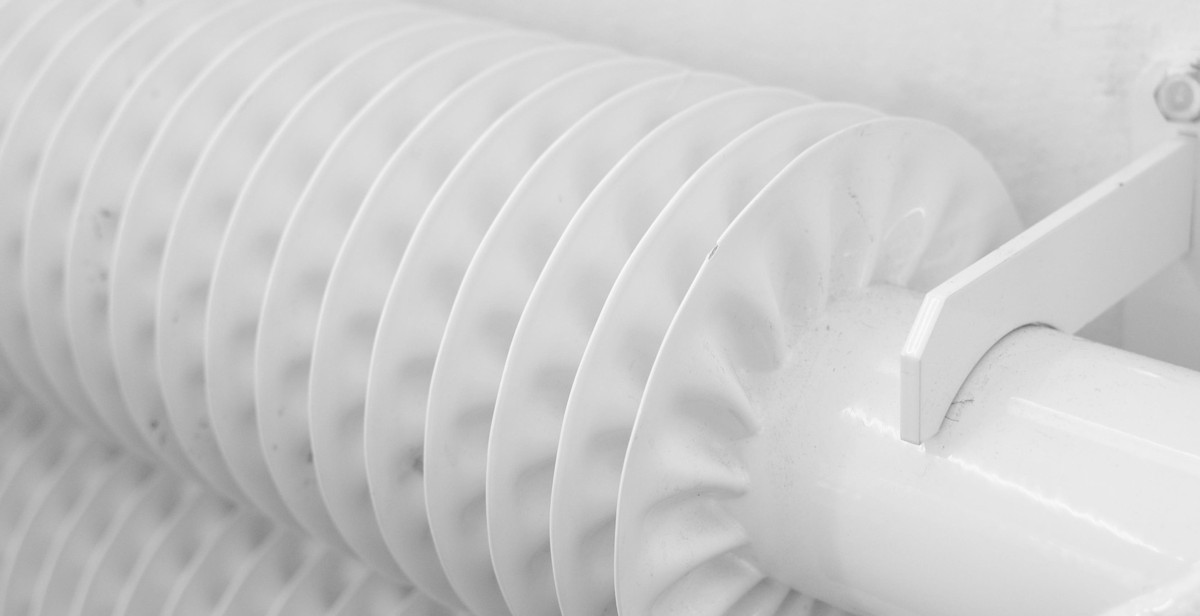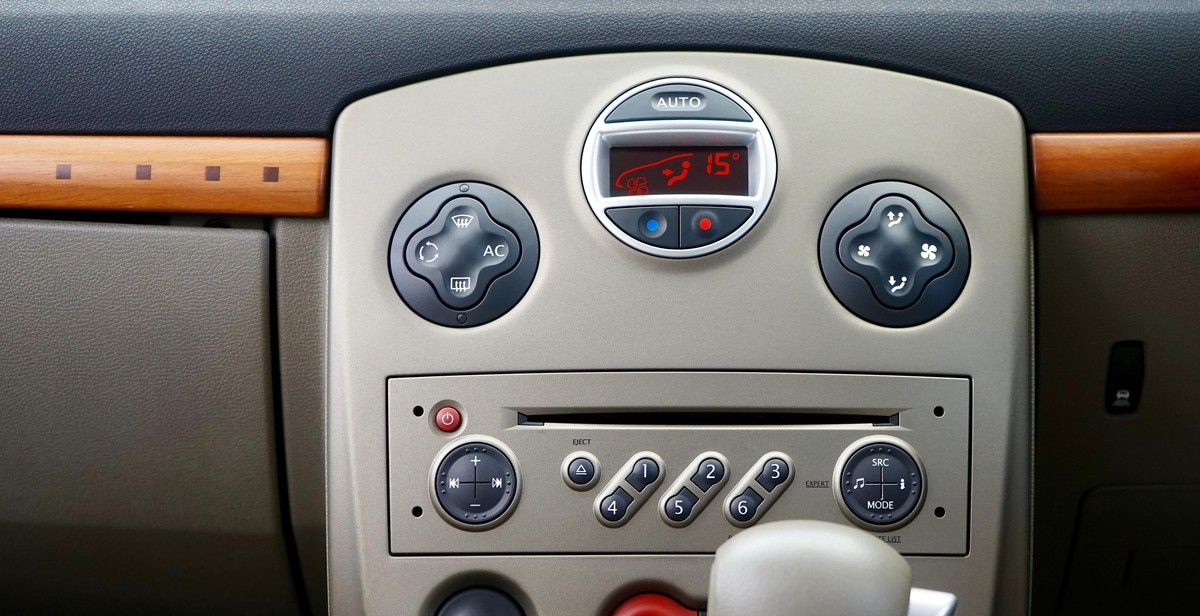How to Install and Configure Performance Exhaust Systems in Your Car
Are you looking to increase the performance of your car? Installing a performance exhaust system is one of the best ways to achieve this. A performance exhaust system is a modification to your car’s exhaust system that allows for better airflow, resulting in increased horsepower, torque, and better fuel efficiency.
What is a Performance Exhaust System?
A performance exhaust system is an aftermarket upgrade to your car’s exhaust system. It typically includes a larger diameter exhaust pipe, high-flow catalytic converter, and muffler with less restriction. The purpose of a performance exhaust system is to improve the flow of exhaust gases out of the engine, allowing the engine to breathe better and produce more power.
Why Install a Performance Exhaust System?
There are many benefits to installing a performance exhaust system in your car. First and foremost, it can improve the performance of your car by increasing horsepower and torque. This is achieved by reducing backpressure in the exhaust system, which allows the engine to breathe more freely. Additionally, a performance exhaust system can improve fuel efficiency by reducing the load on the engine. Finally, a performance exhaust system can give your car a more aggressive and sporty sound, making it stand out from the crowd.
If you’re interested in installing a performance exhaust system in your car, keep reading to learn more about the installation process and how to configure your system for optimal performance.

Types of Performance Exhaust Systems
Performance exhaust systems come in three types: Cat-Back Exhaust Systems, Axle-Back Exhaust Systems, and Header-Back Exhaust Systems. Each type of system has its own unique features and benefits.
Cat-Back Exhaust Systems
Cat-Back Exhaust Systems are the most popular type of performance exhaust system. These systems replace the exhaust system from the catalytic converter to the rear of the vehicle. The system includes a new muffler, pipes, and sometimes a resonator. The main benefit of a cat-back exhaust system is increased horsepower and torque. The system also produces a deeper and more aggressive exhaust note compared to the stock exhaust system.
Axle-Back Exhaust Systems
Axle-Back Exhaust Systems are similar to cat-back exhaust systems but only replace the muffler and tailpipe section of the exhaust system. This type of system is less expensive and easier to install than a cat-back exhaust system. The main benefit of an axle-back exhaust system is improved exhaust flow, which leads to increased horsepower and torque. The system also produces a more aggressive exhaust note compared to the stock exhaust system.
Header-Back Exhaust Systems
Header-Back Exhaust Systems replace the entire exhaust system from the headers to the rear of the vehicle. This type of system is the most expensive and difficult to install but provides the most significant performance gains. The system includes a new header, pipes, muffler, and tailpipe. The main benefit of a header-back exhaust system is improved exhaust flow, which leads to increased horsepower and torque. The system also produces a deep and aggressive exhaust note.
| System Type | Main Benefits | Main Drawbacks |
|---|---|---|
| Cat-Back Exhaust Systems | Increased horsepower and torque, deeper and more aggressive exhaust note | More expensive and difficult to install than an axle-back exhaust system |
| Axle-Back Exhaust Systems | Improved exhaust flow, increased horsepower and torque, more aggressive exhaust note | Less significant performance gains than a cat-back or header-back exhaust system |
| Header-Back Exhaust Systems | Significant performance gains, improved exhaust flow, deep and aggressive exhaust note | Most expensive and difficult to install type of performance exhaust system |

Factors to Consider Before Installing a Performance Exhaust System
Installing a performance exhaust system in your car can significantly enhance its overall performance, but it’s important to consider a few factors before making a purchase. These factors include vehicle compatibility, state emissions laws, and budget.
Vehicle Compatibility
Not all performance exhaust systems are compatible with every type of vehicle. Before making a purchase, it’s important to ensure that the exhaust system you choose is designed to fit your specific make and model. Some exhaust systems may also require additional modifications to your vehicle, such as a new catalytic converter or exhaust manifold. Be sure to research the compatibility and installation requirements before making a purchase.
State Emissions Laws
Before installing a performance exhaust system, it’s important to understand your state’s emissions laws. Some states have strict emissions regulations that may limit the type of exhaust system you can install. It’s important to research your state’s emissions laws and ensure that any exhaust system you choose is compliant.
Budget
Performance exhaust systems can vary greatly in price. It’s important to set a budget before making a purchase and stick to it. Keep in mind that the cost of the exhaust system may also include installation fees and any additional modifications that need to be made to your vehicle. It’s also important to consider the long-term cost of maintenance and any potential repairs that may be needed.
By considering these factors before purchasing and installing a performance exhaust system, you can ensure that you choose the right system for your vehicle and avoid any potential issues down the road.

Installation Process
Installing a performance exhaust system in your car can be a great way to improve its overall performance. Here is a step-by-step guide on how to install and configure a performance exhaust system:
Step 1: Gather Tools and Materials
Before starting the installation process, it is important to gather all the necessary tools and materials. You will need a jack and jack stands, a socket set, a torque wrench, a saw, a hacksaw, a pipe cutter, a penetrating oil, a pry bar, and a new performance exhaust system.
Step 2: Remove Old Exhaust System
The next step is to remove the old exhaust system. Start by spraying the nuts and bolts with penetrating oil to loosen them up. Use a socket set to remove the nuts and bolts that hold the exhaust system in place. Once all the nuts and bolts have been removed, use a pry bar to gently remove the exhaust system from the car.
Step 3: Install New Performance Exhaust System
Now it is time to install the new performance exhaust system. Start by fitting the new exhaust system into place, making sure it lines up with the mounting points on the car. Use the provided clamps and bolts to secure the new exhaust system in place. Depending on the type of system you are installing, you may need to cut the pipes to fit. Use a saw, hacksaw, or pipe cutter to make the necessary cuts.
Step 4: Check for Leaks
After installing the new performance exhaust system, it is important to check for leaks. Start the car and listen for any unusual sounds or leaks. Use a torque wrench to tighten all the nuts and bolts to the manufacturer’s specifications. Check the connections between the pipes and the muffler to make sure they are tight and secure. Finally, inspect the exhaust system for any leaks or damage.
By following these steps, you can successfully install and configure a performance exhaust system in your car, improving its overall performance and giving it a more aggressive sound.

Maintenance and Care
Installing and configuring a performance exhaust system in your car is just the beginning of the journey. To ensure that your exhaust system functions optimally, it is essential to carry out regular maintenance and care. Below are some maintenance and care tips that will help you keep your performance exhaust system in top condition:
Cleaning
Regular cleaning is essential to keep your performance exhaust system free from dirt, grime, and other debris that can affect its performance. To clean your exhaust system, use a soft cloth or sponge and a mild detergent. Avoid using abrasive cleaners or steel wool as they can scratch the surface of the exhaust system. Rinse thoroughly with clean water and dry with a soft cloth.
Inspection
Regular inspection is also crucial to detect any signs of wear and tear early. Check the exhaust system for any cracks, holes, or rust spots that can compromise its performance. Inspect the exhaust hangers and mounts to ensure that they are not damaged or loose. If you notice any issues, have them repaired immediately to prevent further damage.
Repair
If your performance exhaust system needs repair, it is essential to have it done by a qualified mechanic. Attempting to repair the exhaust system yourself can lead to further damage and even pose a safety risk. A qualified mechanic will have the necessary tools and expertise to carry out the repair correctly and ensure that the exhaust system functions optimally.
| Tip | Description |
|---|---|
| Cleaning | Use a soft cloth or sponge and a mild detergent to clean the exhaust system. Avoid using abrasive cleaners or steel wool. |
| Inspection | Regularly inspect the exhaust system for any signs of wear and tear, including cracks, holes, or rust spots. Check the exhaust hangers and mounts to ensure they are not damaged or loose. |
| Repair | Have any necessary repairs done by a qualified mechanic. Attempting to repair the exhaust system yourself can lead to further damage and even pose a safety risk. |

Conclusion
Installing a performance exhaust system in your car can greatly improve its performance and give it a unique sound. However, it is important to choose the right exhaust system for your car and have it installed properly.
When selecting an exhaust system, consider factors such as the material, size, and design. Stainless steel exhaust systems are durable and resistant to rust, while larger exhaust systems can provide better airflow and increase horsepower.
It is also important to have the exhaust system installed by a professional to ensure that it is properly aligned and sealed. Improper installation can result in leaks, which can cause damage to your car and reduce performance.
Overall, a performance exhaust system can be a great investment for those looking to improve their car’s performance and sound. By following the steps in this guide and working with a professional, you can install and configure a performance exhaust system that meets your needs and enhances your driving experience.
- Choose the right exhaust system based on material, size, and design
- Have the exhaust system installed by a professional to ensure proper alignment and sealing
- Enjoy improved performance and a unique sound in your car
| Pros | Cons |
|---|---|
| Improved performance and sound | Can be expensive |
| Durable and resistant to rust | Improper installation can cause damage to your car |
| Can increase horsepower | May not be legal in all states |
